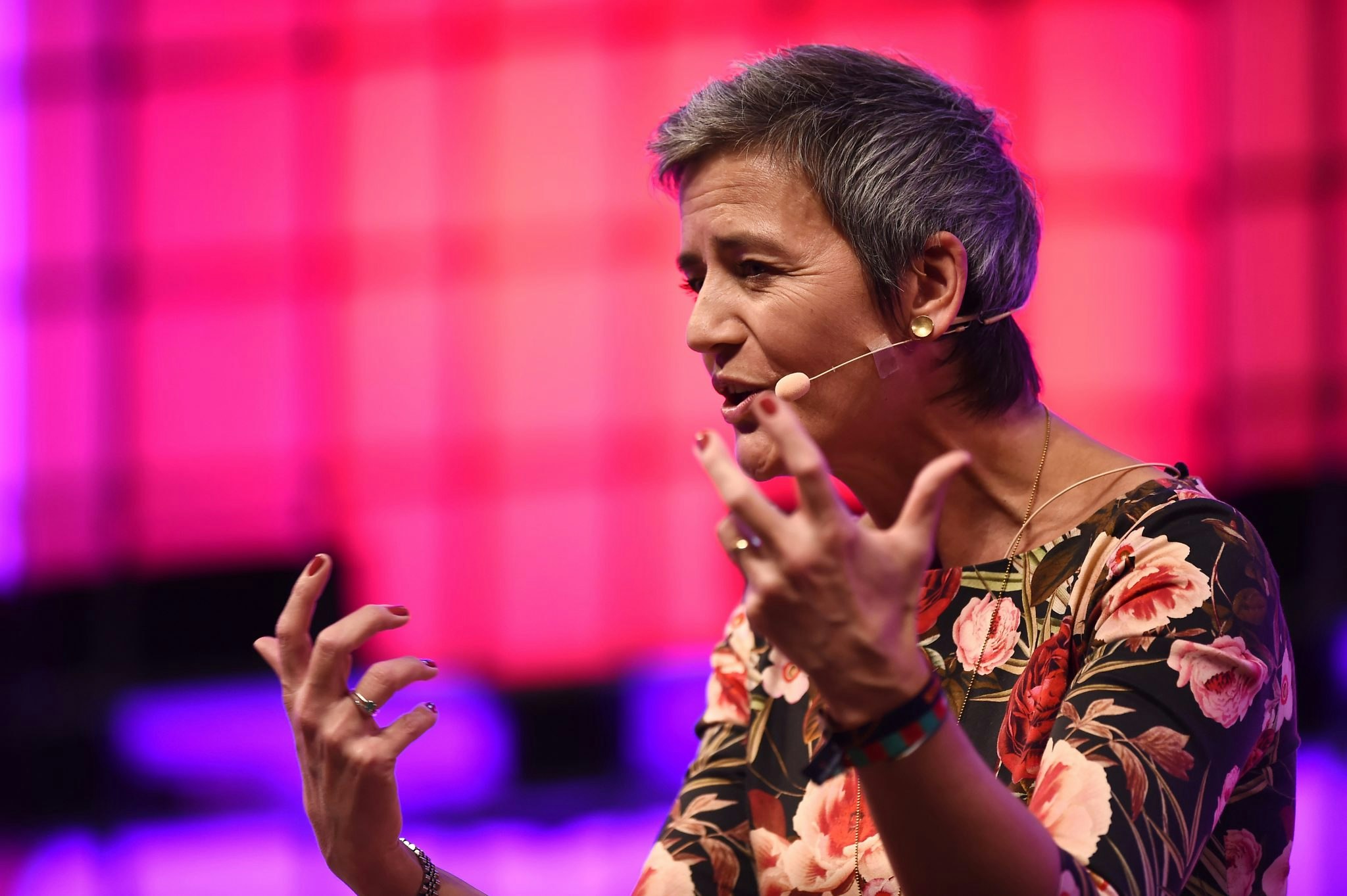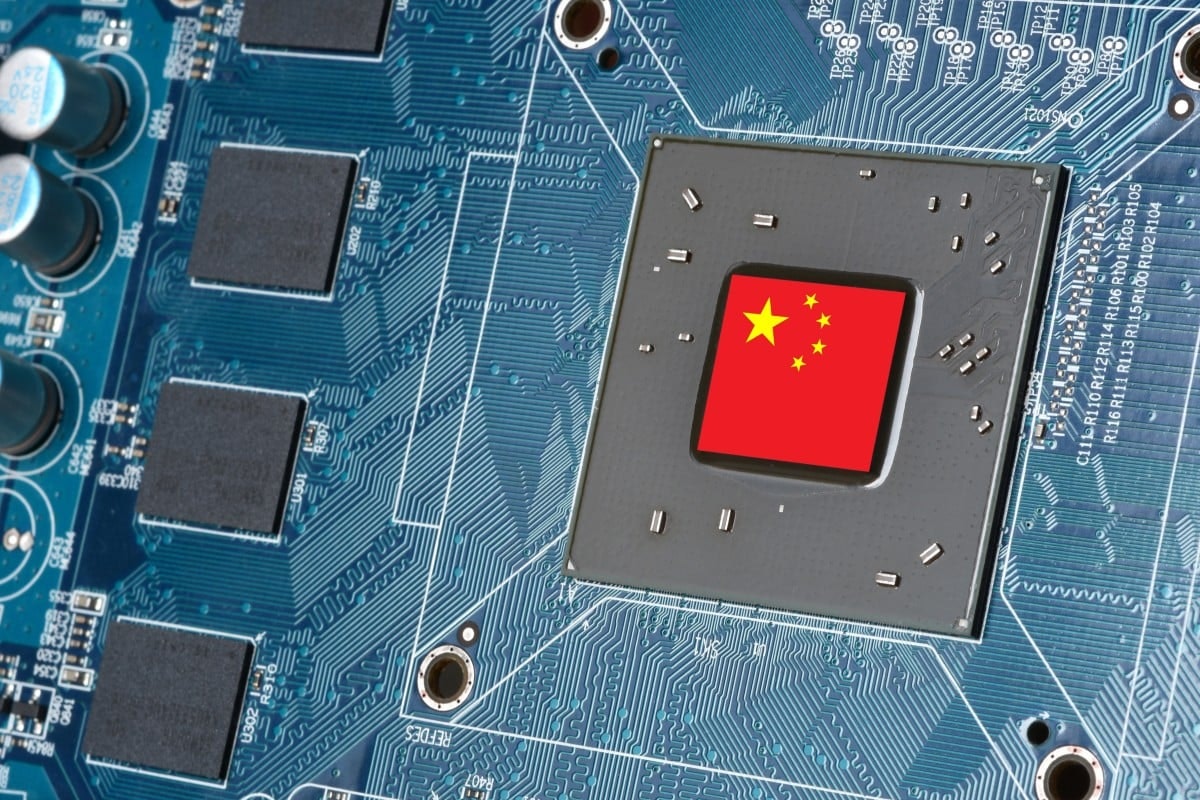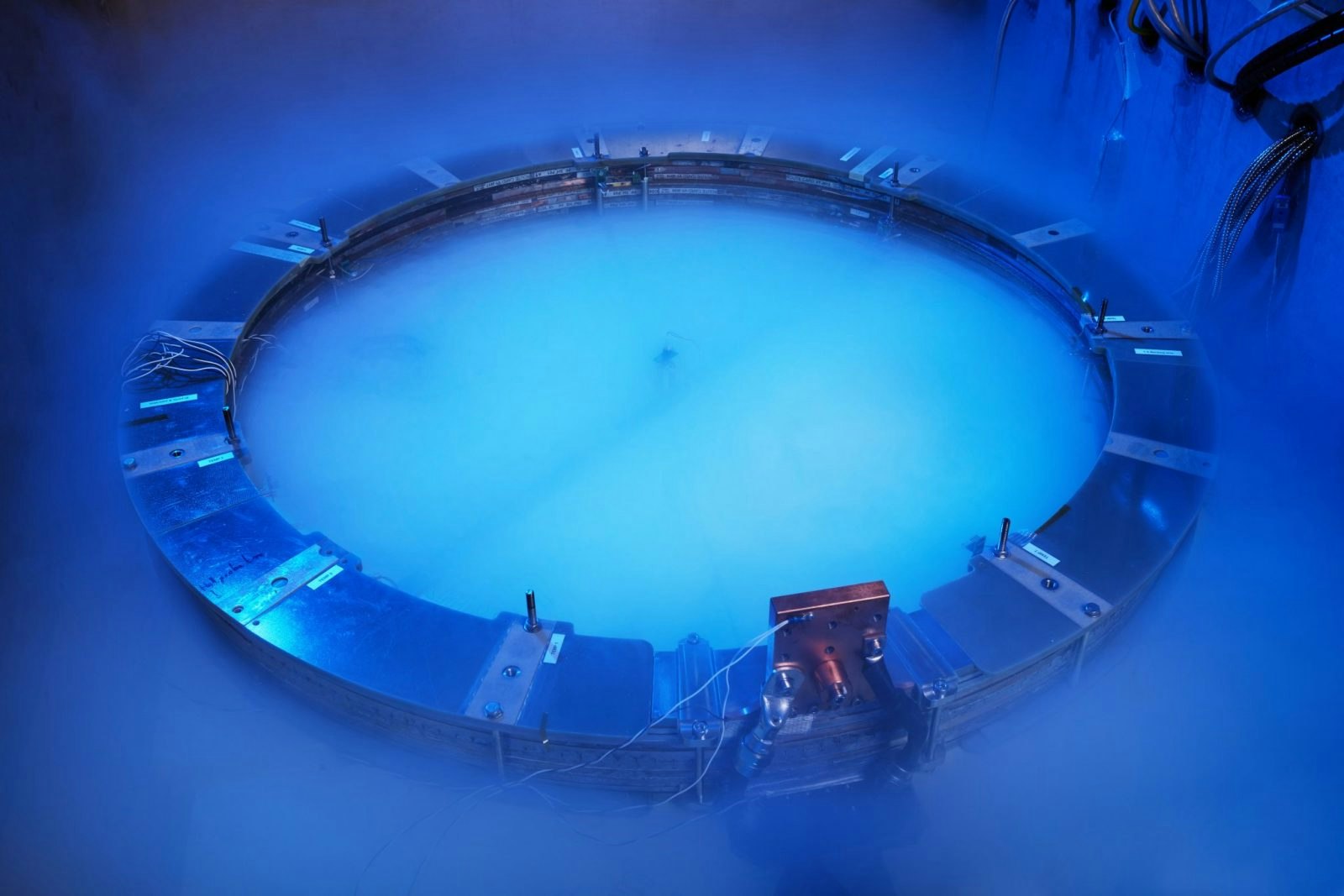In November 2019, Microsoft, the world’s largest software company, signed a deal to buy processors from scrappy upstart Graphcore. It was a coup for the Bristol-based chipmaker, which had only been founded three years earlier to develop cutting-edge processors specialised for AI.
Just shy of four years later — during which time the deal fell through and investors had written down their stakes in the unicorn — Graphcore has said it if it doesn’t raise extra financing within months, there’s a “material uncertainty” over its ability to continue as a “going concern”, according to accounts filed this week.
The accounts show that the unicorn’s revenues hit just $2.7m in 2022, falling 46% from the previous year “due to lower hardware sales to key strategic customers”. Losses also rose 11% to $204.6m.
The news represents the latest tough chapter for a company once touted as a rival to Silicon Valley-based NVIDIA (which made revenues of more than $13.5bn in Q2 of 2023 alone) and which has raised over $600m from investing heavyweights like Sequoia and Baillie Gifford. Sifted reached out to Graphcore’s investors to ask if they intend to refinance the business.
A Graphcore spokesperson tells Sifted there are large tech companies who are “household names using Graphcore’s deployments today”, although their identities haven’t been made public for “commercial reasons”.
Four former employees who worked across ML engineering, software, marketing and recruiting tell Sifted that the company’s struggles have come from a combination of bad luck and bad management. They say execs have made poor calls on commercial and tech strategy, while the AI market has moved in the wrong direction for the business, leading to low morale and an exodus of talent from the company.
AI startup AlephAlpha — which is partnered with Graphcore — tells Sifted that it is still waiting on a chip from the company that makes commercial sense to use.
A Graphcore spokesperson tells Sifted that the company’s strategy has evolved in response to the “fast-moving and constantly evolving” AI computing sector. They add that the team is “extremely proud of the incredible progress that we have made and the fact that our rapidly growing customer base sees great value in our products”.
Targeting the wrong customers
In 2019, CEO Nigel Toon said that the company would make $1bn in revenue by 2024.
One former employee who worked as a machine learning (ML) engineer says that the chipmaker’s troubles began when it decided it needed to try and win big clients like Microsoft: “Now Graphcore is having a lot more success targeting startups, but it took them years to actually realise that.”
There was also confusion around the key markets Graphcore was supposed to be targeting, and with what products. This impacted the company’s ability to sell inventory, according to another former employee who worked in marketing, who says that changes to commercial strategy weren’t transparently communicated to the team.
“One week, we’d hear we’re chasing this market, and a month later, chasing a different market. The needle kept changing.”
Hardware is about software
Another key issue — and the reason the Microsoft deal collapsed — was not about Graphcore’s chips. It was about software, former employees say.
One former software engineer at the company tells Sifted that NVIDIA — whose software is known to be the easiest in the industry to use — was a more easily useable system: “It was challenging for customers to use Graphcore’s software.”
“Graphcore was a very hardware-centric company and had a bit of a homebrew approach to software,” says another former employee who worked in the marketing team. They think Graphcore would have been better served using more external software providers to make its systems more accessible.
“There were a lot of problems around maintenance. The software was just not ready; there were lots of bugs and issues,” says the former employee who worked in the ML team about the Microsoft deal.
“Of course, things fail sometimes, but you need to be able to work through those failures as an engineer. That was almost impossible — things would fail and you didn’t know why. There was a big final push but it was already too late for Microsoft.”
He adds that he thinks there was a surprising lack of urgency around losing such a big client when Toon announced the news over a Zoom call in spring 2021.
“He mentioned that we’d lost Microsoft but there was no proper retrospective, which was incredible for such an important customer,” he tells Sifted.
Frustration over a lack of commercial traction and efforts to serve customers better is now causing top talent to leave, former employees say. These include Graphcore’s former VP of hardware Jonas Olsson and SVP of systems Ola Tørudbakken — who now both work at Meta — and the company’s former North America general manager, Saurabh Kulkarni, who’s now at Intel.
“There were concerns [from employees at Graphcore] about how low revenues were and, if you’re an engineer, you’re getting approached by other companies and recruiters daily. So people started to leave,” says one former employee, who worked in the recruitment team.
A Graphcore spokesperson tells Sifted that new employees have also joined the company and staff churn is to be expected in a “dynamic” sector like AI.
In a bid to cut costs, Graphcore also announced layoffs in September 2022 and closed its Oslo office a month later. Graphcore’s headcount was cut from 620 in October 2022 to 418 today, according to Dealroom data.
IPUs vs GPUs
In the time since Graphcore lost the Microsoft deal, investment in AI has taken off — fuelling demand for chips. Here too, Graphcore has found it difficult to gain traction because of the kinds of chips it builds, industry watchers say.
NVIDIA is famous for building graphics processing units (GPUs) — chips that were originally designed for the demanding task of rendering 3D graphics in video games. Graphcore makes intelligence processing units (IPUs), a style of chip it pioneered to be a faster alternative to GPUs for AI applications, that could train models using smaller amounts of data.
But the latest AI craze is all about large language models (LLMs), which gobble up incredible amounts of data and are more suited to GPUs than IPUs. Most leading models like GPT-4 are trained on NVIDIA hardware, with the company’s chips now in huge demand as buyers such as China have put in an order for a cool $5tn worth of GPUs.
The next chip: do or die
Luckily for Graphcore, there’s more to the AI computation industry than just training models and some in the industry believe that the startup’s chips could be useful to another part of the value chain known as “inference”.
This refers to the process that happens once a model like GPT-4 has been trained and put in front of users, and people begin querying it. Once you type a prompt into ChatGPT, this is fed into the model, which then uses processing power to create a response.
And, while much attention has been put on the tens of millions of dollars being spent to train competing models, as more and more people and organisations begin using models on a day-to-day basis, the market for inference could start to eclipse training.
“Of course for training, initially, you have these big numbers, but we are now rolling out our technology to, like, enterprises all over the world,” says Jonas Andrulis, CEO of German generative AI startup Aleph Alpha, which has a strategic partnership with Graphcore.
“When you look at where the market is and the overall commercial potential, then the overall cost for inferencing could be much higher than for training.”
But Andrulis adds that the current generation of Graphcore chips still aren’t commercially competitive for inference and that people are waiting for the company’s next-generation processor to see what efficiency savings it will present.
“The proof will be in the pudding. Once this thing [Graphcore’s latest chip] is out, we need to run tests and have a look at it,” he says. “If they ‘only’ succeed in building something that kicks ass for inferencing, that’s a giant market and a success in my book.”
In May 2022, the company announced that the new chip would hit the market sometime in 2024. Graphcore declined to comment on its release date when asked by Sifted.
“The new chip is very good, but it’s kind of their last shot,” says the former ML engineer.


